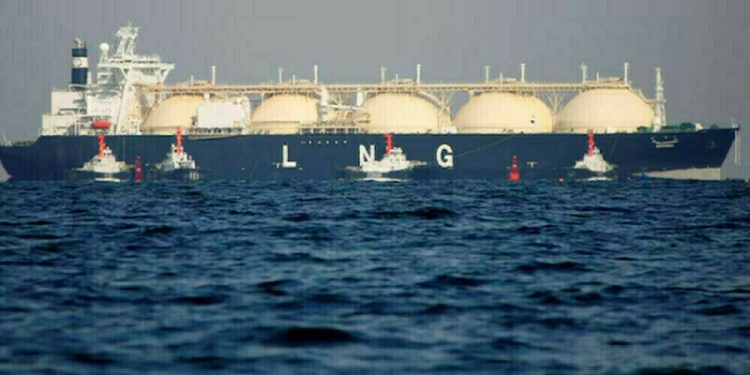© Reuters. FILE PHOTO: Crude oil storage tanks are seen in an aerial photograph at the Cushing oil hub in Cushing, Oklahoma, U.S. April 21, 2020. REUTERS/Drone Base/File Photo
By Scott DiSavino
NEW YORK (Reuters) -Oil futures were little changed on Thursday as reports China was prepared to buy more oil and other energy supplies to meet growing demand offset price pressure from an unexpected rise in U.S. crude inventories and a strong dollar.
Brent (LCOc1) futures for November delivery fell 12 cents, or 0.2%, to settle at $78.52 a barrel, while U.S. West Texas Intermediate (WTI) crude rose 20 cents, or 0.3%, to settle at $75.03.
Earlier in the day prices at both benchmarks dropped over $1 a barrel.
“The expiration of NYMEX products and Brent crude … spiked volatility,” said Jim Ritterbusch, president of Ritterbusch and Associates in Galena, Illinois.
Brent futures for December, which will soon be the front-month, were up 0.3% to $78.31 a barrel. New York Harbor Ultra Low Sulfur Diesel (ULSD) futures, meanwhile, closed at their highest since October 2018 for a second day in a row.
China Premier Li Keqiang said the world’s biggest crude importer and No.2 consumer will ensure its energy, power supply and will keep economic operations within a reasonable range.
“If China is happily paying any price for energy, this could intensify the energy crunch in Europe,” said Edward Moya, senior market analyst at OANDA.
British petrol stations are still seeing unprecedented demand with more than a quarter of pumps still dry as the fuel crisis cut road traffic volumes to the lowest level since the COVID-19 lockdowns ended two months ago.
A possible dampener on oil prices has been the power crisis and housing market concerns in China, which have hit sentiment because any fallout for the world’s second-biggest economy is likely to affect oil demand, analysts have said.
China’s factory activity unexpectedly shrank in September due to wider curbs on electricity use and elevated input prices.
Meanwhile, inventories have risen in the top oil consumer, the United States. Government data on Wednesday showed U.S. oil and fuel stockpiles increased by 4.6 million barrels to 418.5 million barrels last week. [EIA/S]
Last week’s rise in U.S. inventories came as production in the Gulf Coast returned close to levels reached before Hurricane Ida struck about a month ago.
In another bearish development, the U.S. dollar hit a new one-year earlier in the day, making oil more expensive for holders of other currencies. [USD/]
But expectations of a continued crude supply deficit helped support prices.
The Organization of the Petroleum Exporting Countries (OPEC) and allies including Russia, a group known as OPEC+, are next week expected to hold to a pact to add 400,000 barrels per day to their output for November.
“Rystad Energy expects the group to take a wait-and-see approach, not least because the group has yet to demonstrate its ability to ramp up oil supply quickly,” said Louise Dickson, senior oil markets analyst at Rystad Energy.
Stalled talks between Iran and world powers to reinstate a 2015 nuclear deal will resume “soon”, the European Union’s foreign policy chief Josep Borrell said on Thursday. A nuclear deal should allow Iran to export more crude.
Source: Investing.com



























